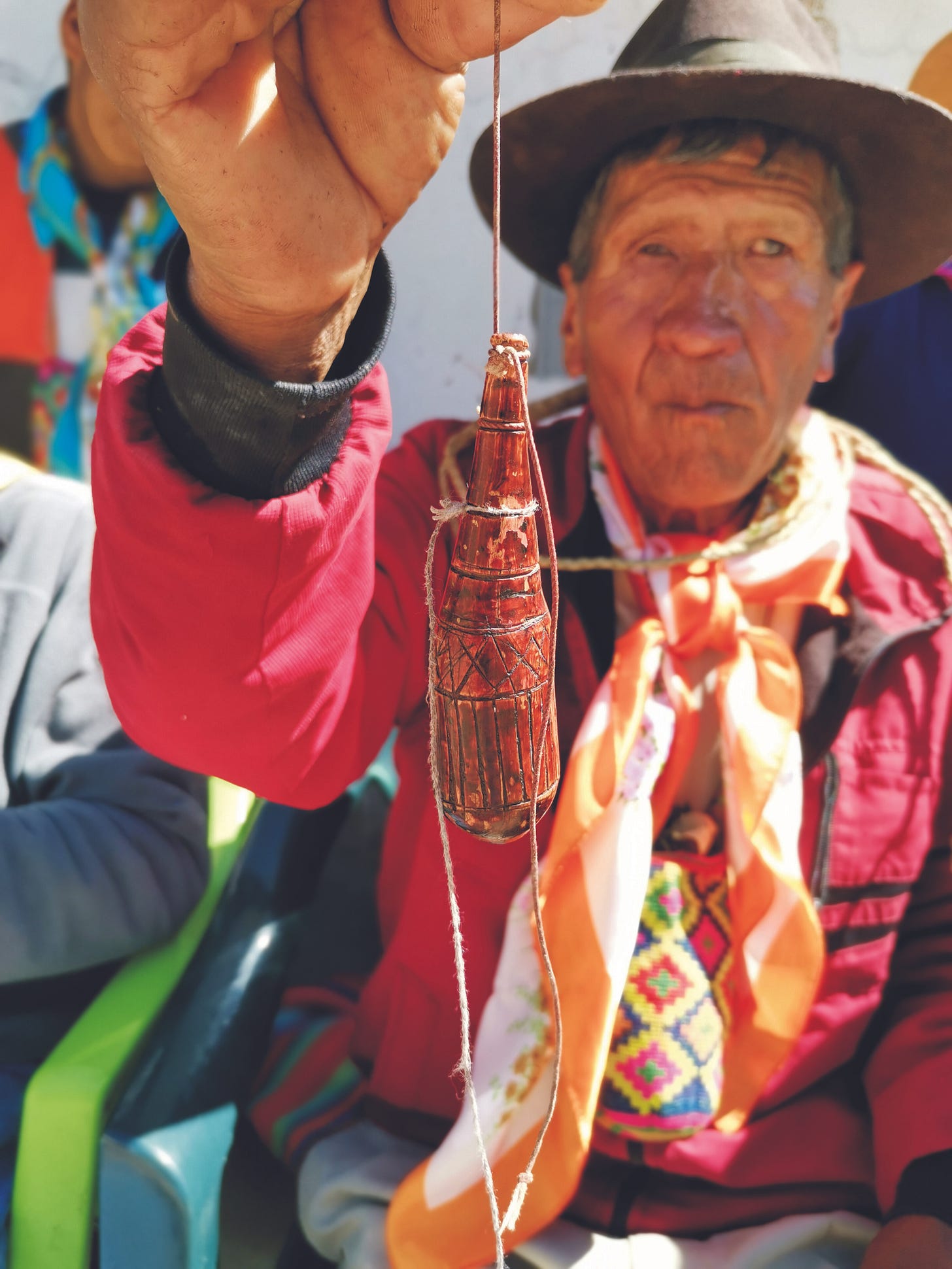Equilibrium as a Way of Life
High in the Andes, where ridges rise like waves frozen in rock, people once traded wool, coca leaves, stories, and obligations across a landscape they understood to be alive. Mountains, ancestors, watercourses, and even the wind were treated as responsive beings that needed attention, respect, and constant negotiation. Within this living environment, balance was not a metaphor. It was an expectation.
A new study in Res: Anthropology and Aesthetics1 argues that objects long treated as mundane instruments of measurement held deeper significance in this world. Wooden unequal-arm balances known as wipis and knotted-string khipus did not simply quantify goods. They mediated social responsibility, trustworthiness, and relationships with the wider cosmos.

The researchers reexamine these tools not as relics of bureaucracy but as devices woven into efforts to sustain equilibrium within Andean communities. Their findings challenge the assumption that early Andean weighing systems primarily aimed at precision. Instead, the scales often represented something subtler and far more human.
As Dr. Elena Rossi, an Andean archaeologist at Cambridge University, remarks:
“The pursuit of balance in the Andes was never a technical exercise. It was a moral commitment that saturated every exchange, every offering, every act of measurement.”
Listen to this episode with a 7-day free trial
Subscribe to Anthropology.net to listen to this post and get 7 days of free access to the full post archives.








